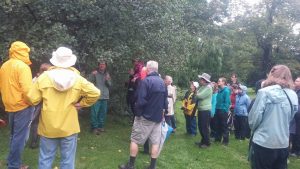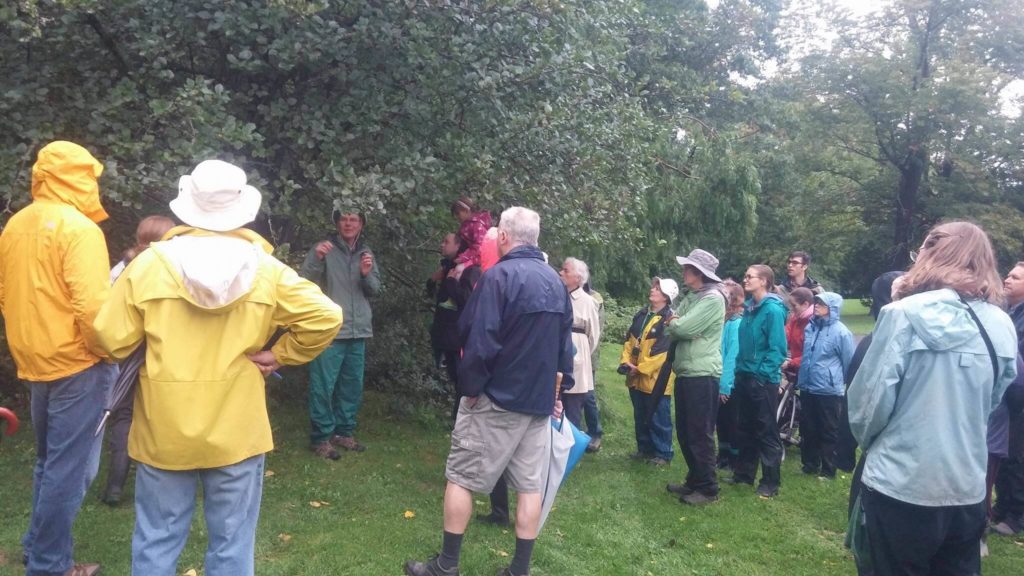
National Forest Week in September got us thinking about all different kinds of forest, including our urban forests. Even our elected representatives in Ottawa are discussing the need to protect our urban forests.
On National Tree Day, Sept. 21, 2016, NDP MP Irene Mathyssen proposed a Private Member’s Motion to develop a federal leadership strategy to preserve, protect, and promote urban forests for their life-giving value to Canadian communities. According to MP Mathyssen as quoted by Michael Rosen, President of Trees Canada in the Huffington Post, “urban forests positively impact 85% of Canadians, yet the federal government does not currently exhibit any interest in protecting them.”
Canada is behind other G7 countries with respect to restoration and protection of urban forests; regardless of the fact that the public is becoming more involved in forest protection. This interest and involvement of the public was demonstrated when record numbers turned out to this year’s National Forest day events in Canada.
Fredericton is home to a special urban forest, Odell Park. Dr. Jim Goltz guided almost 40 walkers through Odell Park on Sept. 19 for the opening 5 Days for the Forest event, marking National Forest Week in Fredericton. He pointed out the unique and diverse life found in our urban forest. Odell Park is filled with a wonderful combination of yellow birch, old white pine, basswood, hobblebush, hemlock trees and many more species. The park also contains some of the oldest trees in New Brunswick. In the spring, the park is filled with a variety of flowers and in the fall, colourful mushrooms.
Fredericton and other areas lost many trees when post-tropical storm Arthur hit our area in 2014. Winds of 100 km/hour and heavy rain knocked down trees and power lines. The Conservation Council is researching how communities cope with extreme weather events and the stories we have received so far highlight the emotional attachment people have to the trees they lost.
Trees do not only give us aesthetic benefits, trees also provide practical contributions to our cities, such as energy conservation, air quality improvements, property value increases, carbon dioxide reductions, and storm water control.
The motion, M-68, that Mathyssen is proposing is based on the evident need for urban tree protection and “calls on the government to affirm its leadership role in urban forest knowledge, management, and protection.” The goal of the motion is for the Canadian government to adopt an urban forest strategy plan.
In a future of climate change when more extreme weather events are expected, a sound urban forest strategy plan is important.

